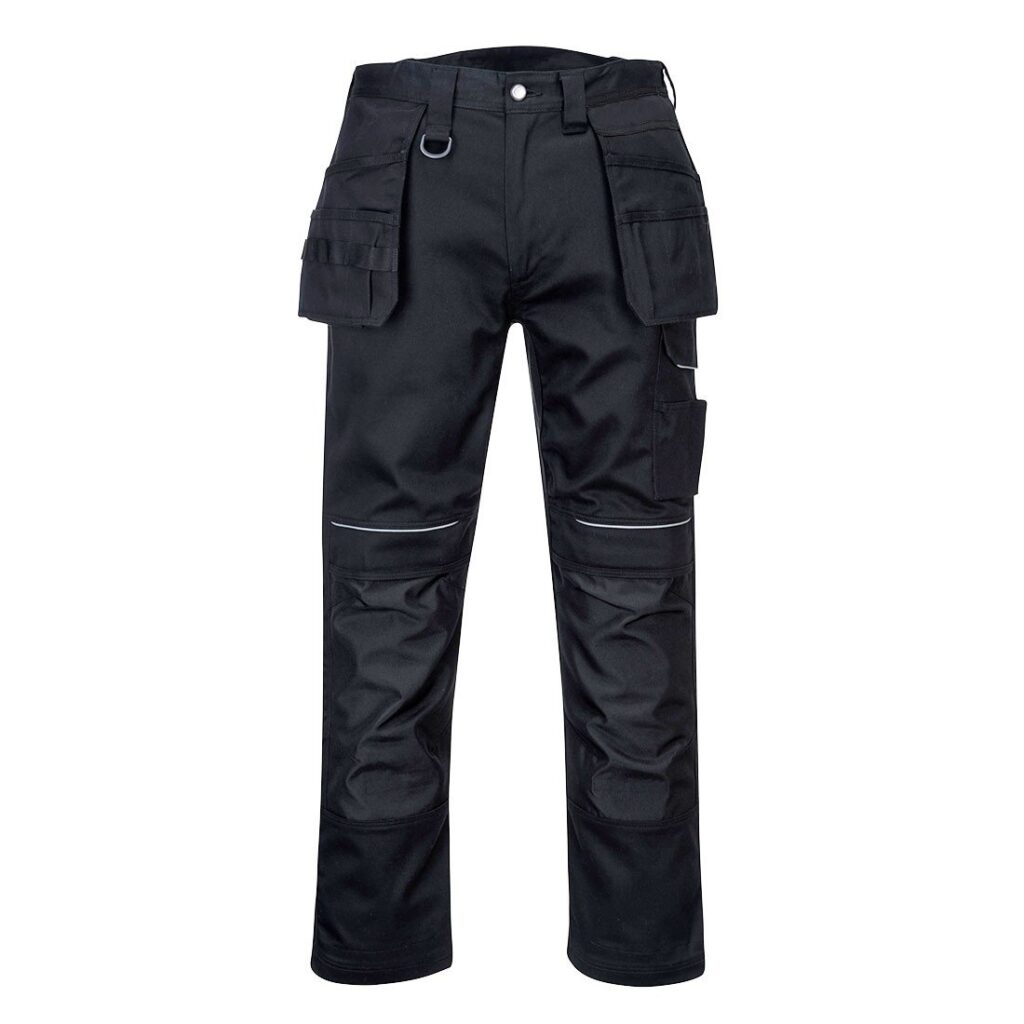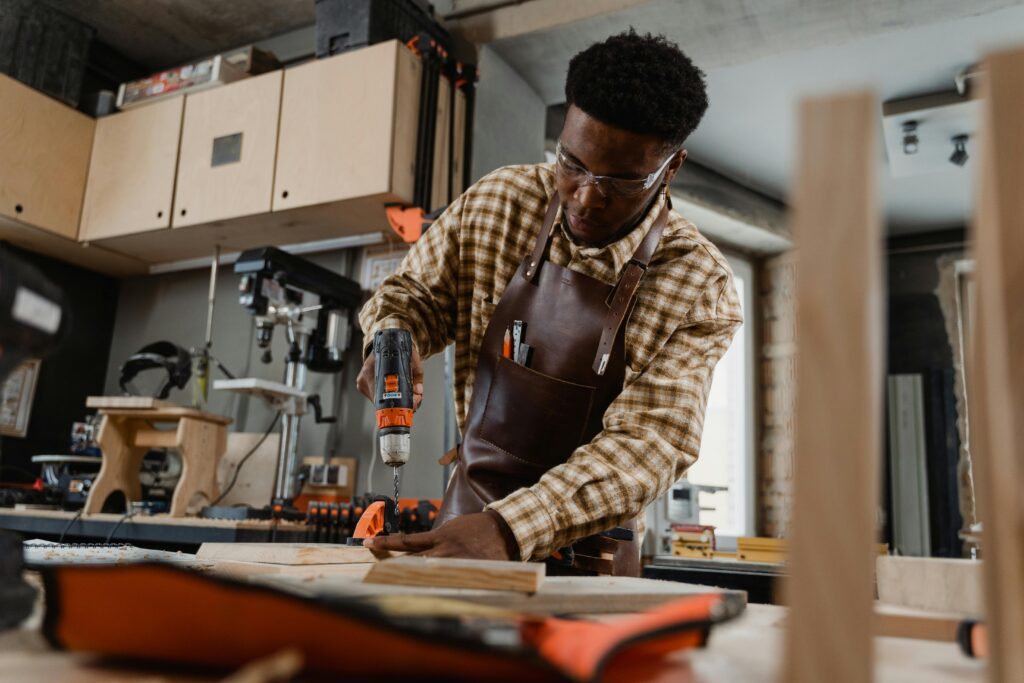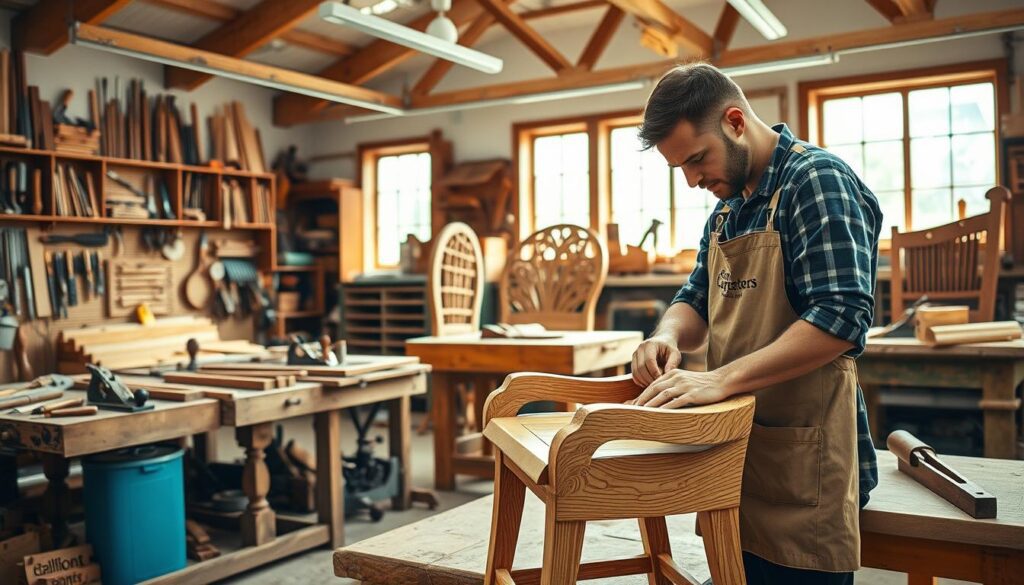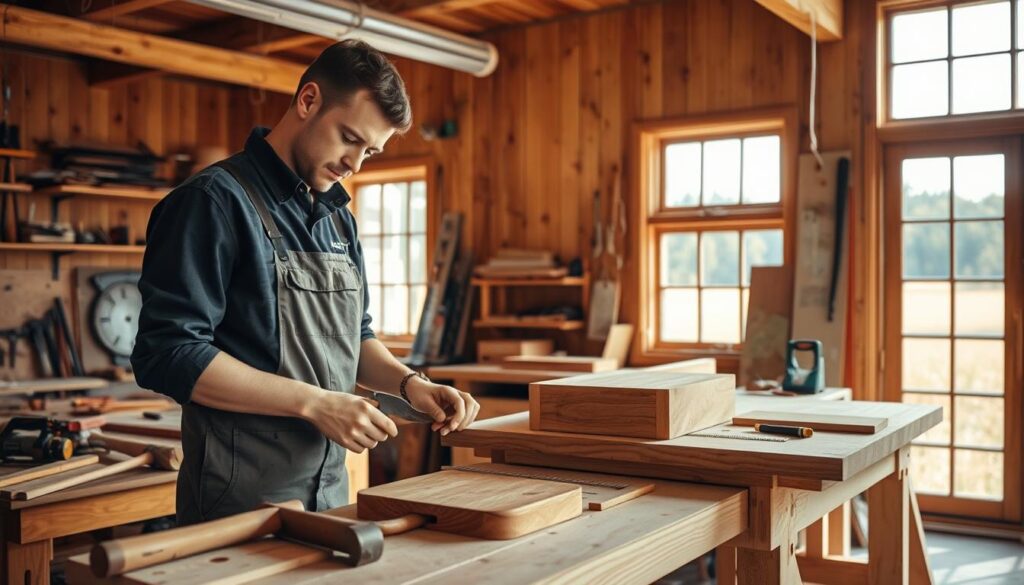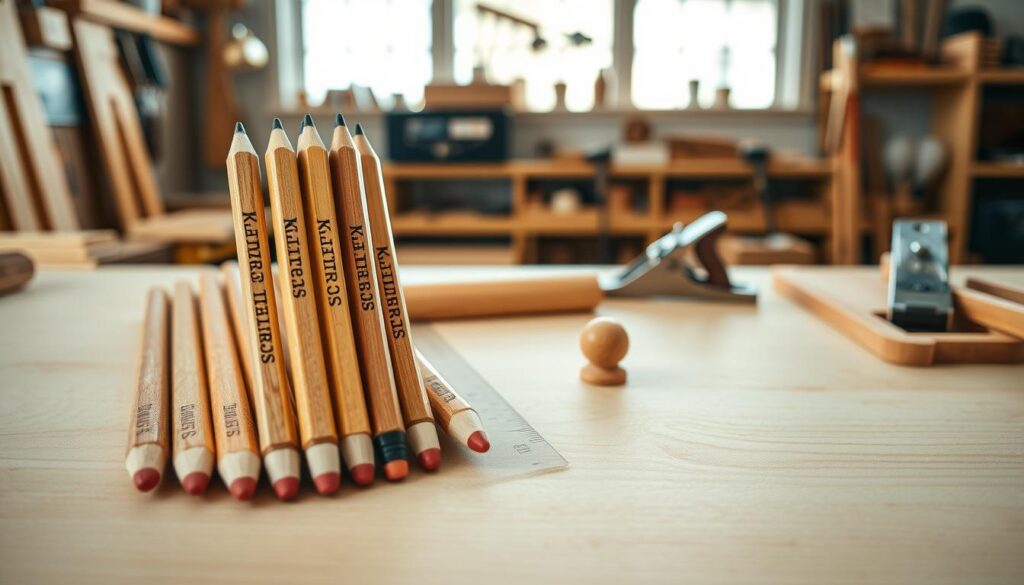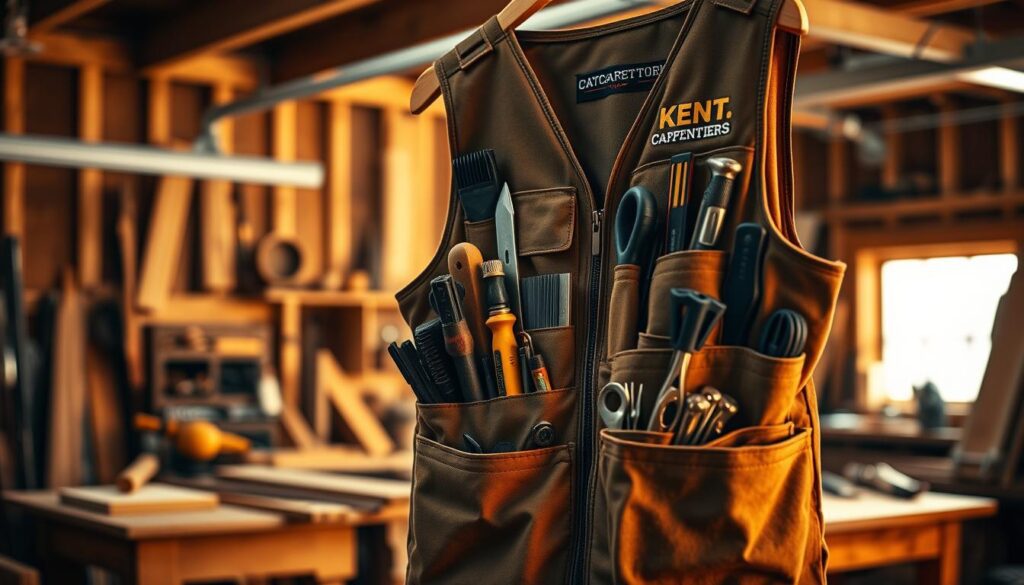Why Every Carpenter Needs a Professional Carpenter’s Apron: The Ultimate Guide
Discover why a well-crafted carpenter’s apron isn’t just a tool holder – it’s the secret weapon that transforms good craftsmen into exceptional ones. For professional carpenters and DIY enthusiasts alike, having the right tools within arm’s reach isn’t just convenient – it’s essential for efficiency and craftsmanship. A well-designed carpenter’s apron could be the game-changing addition to your workspace you never knew you needed. Recent studies show that organised workspaces can increase productivity by up to 30%, and a proper carpenter’s apron is at the heart of this efficiency. Understanding the Anatomy of a Professional Carpenter’s Apron A professional carpenter’s apron is more than just a simple garment with pockets. It’s a carefully engineered piece of equipment designed to enhance workflow and protect the wearer. Modern carpenter’s aprons have evolved significantly, with manufacturers incorporating feedback from professional craftsmen to create increasingly sophisticated designs. The best aprons combine durability, functionality, and comfort in a way that makes them indispensable to any serious woodworker. Materials Matter: Canvas vs. Leather Canvas: Typically 12-16oz duck canvas, offering excellent durability while remaining lightweight. Popular in the UK due to our variable weather conditions. Leather: Usually full-grain or top-grain leather, providing superior durability and developing a unique patina over time. Hybrid Materials: Modern aprons often combine materials, such as canvas bodies with leather reinforcements in high-wear areas. Water-resistant Treatments: Many UK-specific models feature water-resistant coatings to handle our damp climate. Essential Features: Pockets, Loops, and Reinforcements The functionality of a carpenter’s apron lies in its thoughtful design features. Studies show that properly organised tools can save up to 30 minutes per day in workplace efficiency. Modern aprons typically include: double-stitched pockets for durability, reinforced corners to prevent wear, dedicated spaces for specific tools, and strategic placement of pockets to maintain balance while worn. The Importance of Proper Fit and Adjustability Adjustable neck and waist straps for customised fit Cross-back straps to distribute weight evenly Quick-release buckles for safety and convenience Size options ranging from S to XXL to accommodate all body types Benefits Beyond Tool Storage While tool organisation is crucial, professional carpenter’s aprons offer numerous additional advantages that contribute to both efficiency and safety on the job. Recent workplace safety studies indicate that proper protective wear can reduce minor injuries by up to 25%, making a quality apron an investment in both productivity and personal protection. Protection and Safety Considerations Modern carpenter’s aprons serve as a crucial barrier between sharp tools, sawdust, and your clothing. They protect against common workshop hazards while keeping essential safety gear within easy reach. The best aprons feature reinforced panels in high-impact areas and flame-resistant treatments for additional protection. Workflow Efficiency and Organization Reduced time searching for tools Improved project completion times Better organisation of small parts and fasteners Enhanced mobility around the workshop Professional Image and Durability A well-maintained carpenter’s apron projects professionalism and attention to detail. UK craftsmen report that clients are 40% more likely to recommend services when tradespeople present a professional appearance, including proper workwear. Choosing the Right Carpenter’s Apron Selecting the perfect carpenter’s apron requires careful consideration of several factors. The UK market offers numerous options, from traditional leather designs to modern synthetic alternatives. Investment in a quality apron can provide 3-5 years of daily use, making it crucial to choose wisely. Size and Comfort Considerations Measure chest and waist accurately Consider the weight distribution when fully loaded Test adjustability features Ensure proper length for your height Quality Indicators and Brand Recommendations Look for reinforced stitching, quality materials, and positive reviews from professional carpenters. Popular UK brands like Dickies and DeWalt offer excellent options, while boutique manufacturers like British-made Heritage Leather provide premium alternatives. Investment Value and Longevity Quality carpenter’s aprons typically range from £30 to £150, with premium leather options commanding higher prices. Consider this an investment that typically pays for itself within the first few months through improved efficiency and tool protection. Maintaining Your Carpenter’s Apron Proper maintenance extends the life of your carpenter’s apron and maintains its functionality. Regular care ensures your investment continues to serve you well for years to come. Cleaning and Storage Tips Weekly cleaning with appropriate materials Proper drying techniques to prevent mould Storage in a dry, ventilated area Regular inspection for wear and tear Repairs and Replacements Address minor repairs promptly to prevent larger issues. Many UK manufacturers offer repair services or replacement parts, making it worthwhile to invest in brands with good customer support. Making the Most of Your Carpenter’s Apron Maximise the benefits of your carpenter’s apron through thoughtful organisation and customisation. Efficient tool arrangement can reduce movement by up to 50% during common tasks. Tool Organization Strategies Arrange tools by frequency of use Keep heavy items close to your body’s centre of gravity Group similar tools together Maintain consistent placement for muscle memory Customization Tips Consider adding personal modifications like extra loops, magnetic strips, or custom pockets to suit your specific needs. Many UK carpenters successfully personalise their aprons to match their unique working styles. Conclusion: Elevating Your Carpentry Game A professional carpenter’s apron is more than just a tool storage solution – it’s a crucial component of efficient, safe, and professional woodworking. By investing in a quality apron and maintaining it properly, you’ll enhance your workflow, protect your tools, and present a more professional image to clients. Whether you’re a seasoned professional or just starting your carpentry journey, the right apron will prove invaluable to your success in the trade. Sources [1] https://hudsondurablegoods.com/products/hdg901w-heavy-duty-16-oz-waxed-canvas-work-apron-woodworker-edition [2] https://www.grizzly.com/products/grizzly-carpenter-s-bib-apron/h2922 [3] https://www.youtube.com/watch?v=MW5Be1zlSoM


